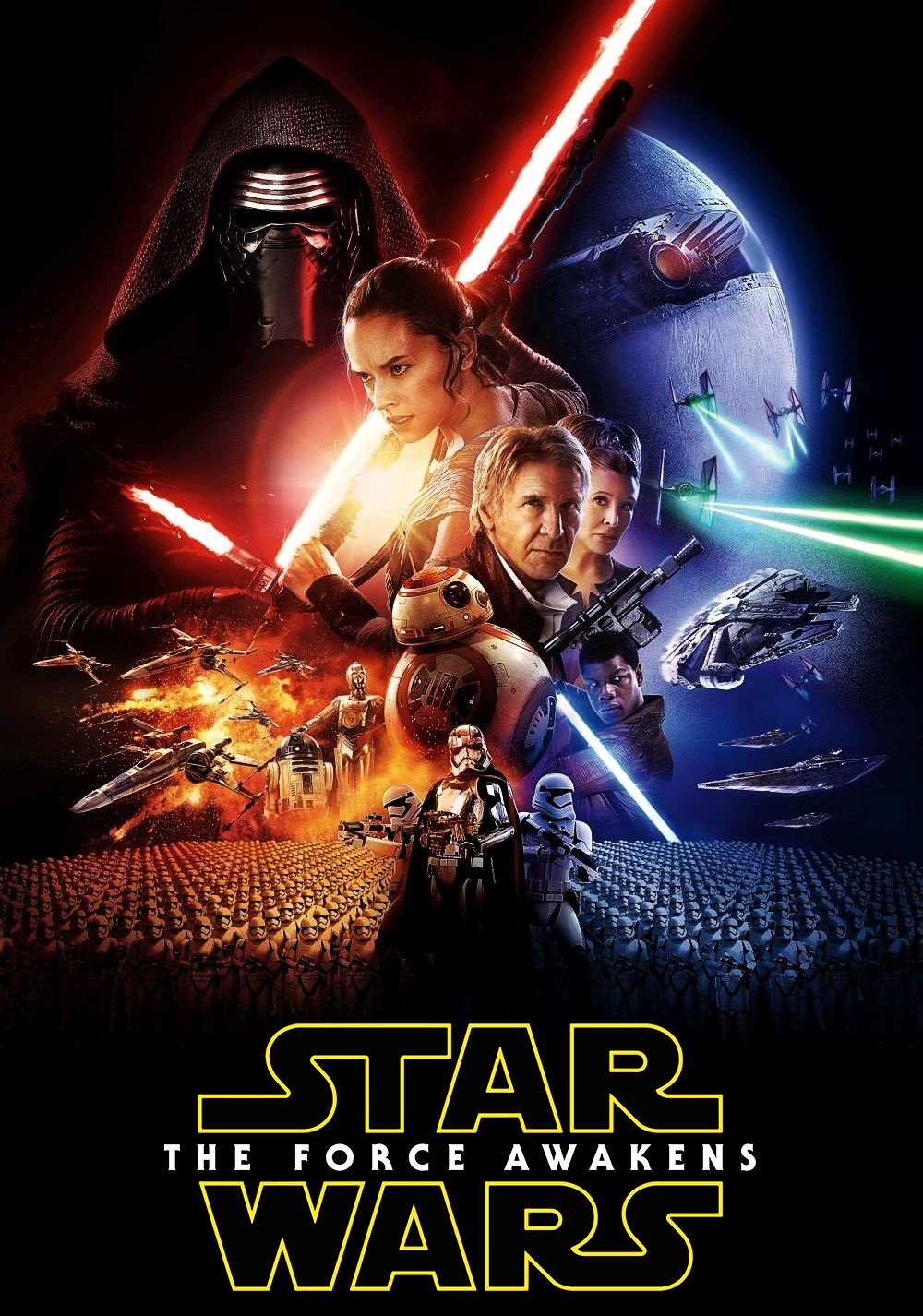

The story takes place 30 years after Star Wars Episode VI: Return of the Jedi. Anyone coming to the Star Wars universe cold will be able to follow the story-the script was written by Abrams, Lawrence Kasdan and Michael Arndt (based on characters created by George Lucas), and they’re more interested in clarity than exclusivity. He’s taken care to do certain things right: The plot is relatively unencumbered by complicated mythology.

#STAR WARS VII THE FORCE AWAKENS FULL MOVIE MOVIE#
At that point, Abrams makes us believe anything could happen-it’s the best kind of movie feeling.īut somewhere along the way, Abrams begins delivering everything we expect, as opposed to those nebulous wonders we didn’t know we wanted. Early in the movie, when she befriends BB-8 (another orphan of sorts), it’s a meeting of kindred spirits. Rey’s loneliness and her self-sufficiency are intertwined. And Abrams introduces a note of glorious melancholy in the character of Rey (newcomer Daisy Ridley, charismatic in a no-nonsense way), a teenage scavenger marooned on a sandy planet, longing to find her way back to the family from whom she’s been separated. A roly-poly cueball with a surprisingly expressive half-dome for a head-and a vocabulary of squeaks and squiggles that are more eloquent than mere words-BB-8 is both modernist and old-fashioned at once, a marvelous creation that could have sprung from the imagination of Jules Verne. But why settle for adequacy? For the first 40 minutes or so, The Force Awakens feels like something special and fresh: For one thing, Abrams and his team of designers and technicians introduce a new star, a droid named BB-8. Abrams splits the difference, and the movie suffers-in the end, it’s perfectly adequate, hitting every beat. When you’ve been charged with reviving one of the most obsessively beloved franchises in modern movies, is it better to defy expectations or to meet them? With S tar Wars: The Force Awakens, J.J.


 0 kommentar(er)
0 kommentar(er)
